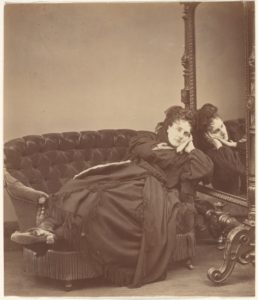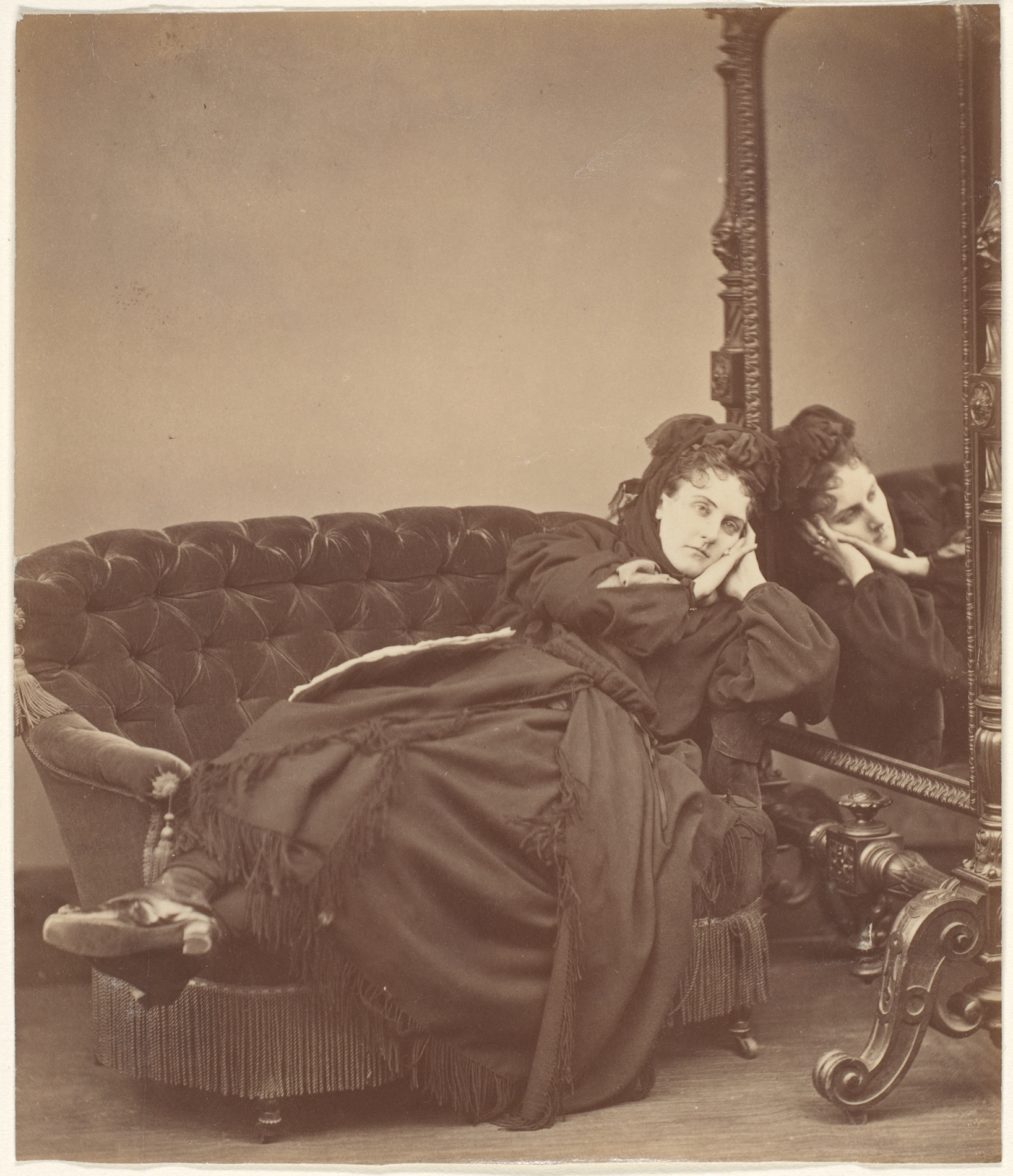There’s no doubt that since the invention of photography, our world has undergone a huge amount of change. Walter Benjamin (1892-1940) lamented the loss of an artwork’s ‘aura’ due to mechanical means of reproduction and Siegfried Kracauer (1889-1966) warned of a ‘blizzard’ of images in the 20th century. Here in the digital 21st century it’s even more difficult to negotiate the plethora of images we encounter on a daily basis through an equally disturbing number of screens from our televisions to our phones. In the 1980s and 90s the concepts of original and copy were challenged by digital reproduction technologies. Roland Barthes (1915-1980) may have heralded the ‘Death of the Author’ in his 1967 essay of the same name, but digital imaging technologies dug up the corpse and continued to question notions of reality and authenticity. Here in 2017, we seem to have settled in to our new surroundings filled with mainly anonymous and ephemeral images but the concept of authorship, copyright, and moral rights has become more of an issue than ever.
The vast majority of artists produce images. There are, of course, exceptions, but even if your work involves installation, ephemera, or performance it’s most likely the case that you’re documenting that work in a visual form. You most likely make photographic copies of your artwork which you then use to apply for grants, exhibitions or prizes. You might have a website or digital portfolio that you post images to. As an emerging artist, you might be lucky enough to be featured or reviewed in an art journal or magazine and you might be asked to provide an image of your work. All this is done in the good faith that others will not copy or alter these images without your permission, or in a worst-case scenario, copy them and claim them as their own!
Unfortunately, it does happen. Most of the time, breaches of copyright occur quite innocently. You find an image on the internet, you click, copy, post it on your blog. You don’t bother to find out who made the image, who made the original artwork, or if you have permission to copy it. It was on the internet after all!
Imagine if the shoe was on the other foot, so to speak. You put a lot of effort into making an artwork. You pay a professional photographer to make some really good quality images of it. The photographer does a lot of work too, right down to providing you with a Dropbox containing access to the full-size, high-res, medium, and small files of the images. They ask to keep the copyright on the images they make and you’re fine with that, agreeing to it in writing. You spend hours making a new entry in your website describing the project and you put in some of these new and fabulous images. You put captions on the images with your name as the artist, the photographer’s name, the artwork title, the medium, dimensions etc. Two weeks later a mate tells you that they were doing some online shopping the other night and they came across someone using your artwork as the background image on their online shop! There was no caption, and worse still, they had changed the colours and cropped some of the image out. This is no longer anything like your work.
Two breaches of the law have occurred here: your moral rights as the artist of the original work; and, the copyright of the photographer who made the lovely photos for you. If the perpetrator had gone even further and made any money out of selling this illegal version of the image then they could eventually be sued for loss of (your) income. You may think this little story is far fetched and that it never happens…but it did. In this case, I was the person who alerted my friend to the fact that someone was illegally using an image of his work. He contacted the owner of the website, and the image was promptly taken down.
These scenarios can be avoided.
- Do your homework. Don’t just blithely copy and paste images from the internet without first considering if you can legally do so. Check the captions. Check the source.
- Look for images in the right places. Use places like Wikimedia Commons in the first instance, or check large gallery and museum sites for public domain databases (I’ll do another post on some of the best ones out there).
- ALWAYS give recognition where recognition is due! Never post an image on the internet without a caption with at least the artist’s name and the title of the work. It’s a common courtesy.
- Even if an image is being provided by a database, a gallery/museum, or even a ‘commons’ there are usually use restrictions and a caption that must accompany the image (see the image at the bottom of this post for an example of such a caption)
- Treat other people’s images as you hope they would treat yours: with respect.
- Make yourself aware of copyright issues, legislation, and best practice.
- Get help. The RMIT Library have experts in this area and have lots of processes in place that can help you find the images you need LEGALLY.
For more information on copyright in Australia see: the Copyright Agency
For help regarding copyright at RMIT start here: Copyright Management Service

Pierre-Louis Pierson, ‘Sèriè à la Ristori’, 1860s, Albumen silver print from glass negative, Metropolitain Museum of Art, David Hunter McAlpin Fund, 1975. Public Domain.
